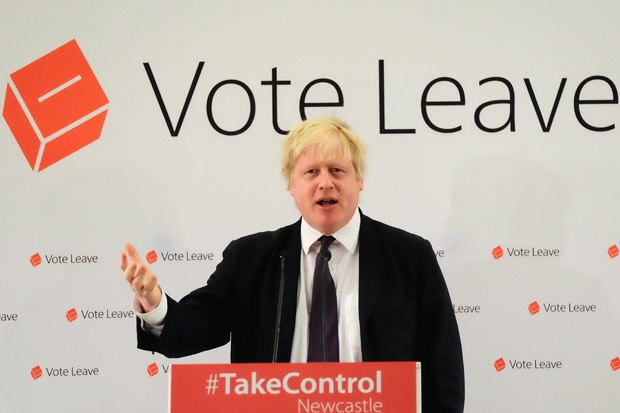One of the interesting features of the Brexit debate is that it has laid bare a schism in British society which runs much deeper than the conventional Labour-Conservative divide. On the one hand, we have the prosperous, educated elite, mainly based in cities and university towns, who are liberal on social issues, pro-immigration, believers in free trade and internationalist in outlook. On the other, we have the white working class, clustered in areas of economic stagnation, particularly seaside towns, who are socially conservative, anti-immigration, suspicious of free trade and staunchly nationalist.
This isn’t a perfect summary. Dan Hannan, Boris Johnson and Michael Gove fall more naturally into the first category, whereas Scottish and Welsh nationalists are mainly pro-EU. But it’s broadly true. Two years ago, the political scientist Chris Hanretty ranked all 650 British constituencies according to how likely they were to support Brexit. The five least eurosceptic are Edinburgh South, Manchester Withington, Edinburgh North and Leith, Bristol West and Hornsey and Wood Green, whereas the five most are Clacton, Castle Point, Great Yarmouth, Christchurch and Blackpool North and Cleveleys.
On the face of it, this is a good argument for Remain. ‘Clacton-on-Sea is going nowhere,’ wrote Matthew Parris in an infamous Times column about Ukip’s only seat. ‘This is Britain on crutches. This is tracksuit-and-trainers Britain, tattoo-parlour Britain, all-our-yesterdays Britain.’
He is right, up to a point. Brexiters are less educated (only 15 per cent are graduates, says YouGov, against 37 per cent of Remainers) and older (Clacton has the highest proportion of retirees in England and Wales). These elderly, uneducated, lumpen proles are dying off, goes the argument, so why pander to their Little England prejudices? It would be crazy to risk trading links, renege on international obligations and clamp down on immigration just to make a bunch of losers feel less out of place in the modern world.









Comments
Join the debate for just £1 a month
Be part of the conversation with other Spectator readers by getting your first three months for £3.
UNLOCK ACCESS Just £1 a monthAlready a subscriber? Log in